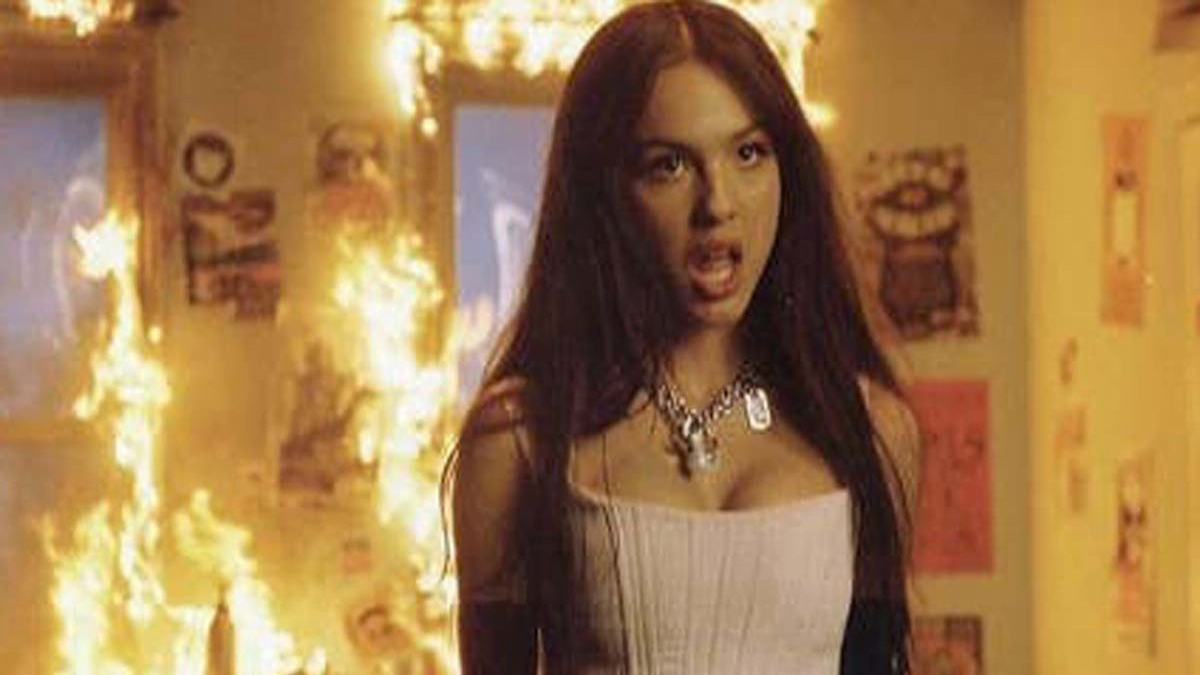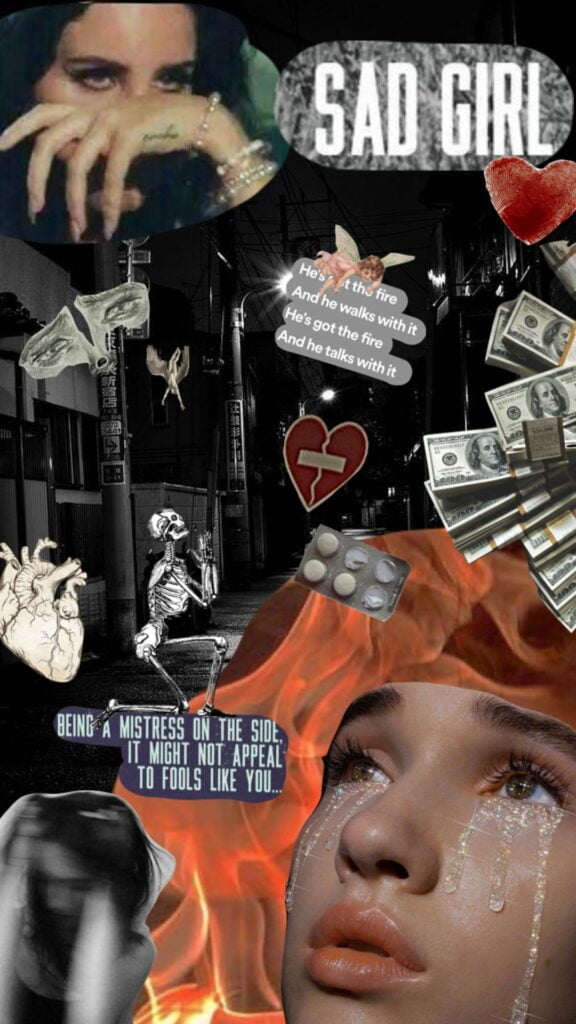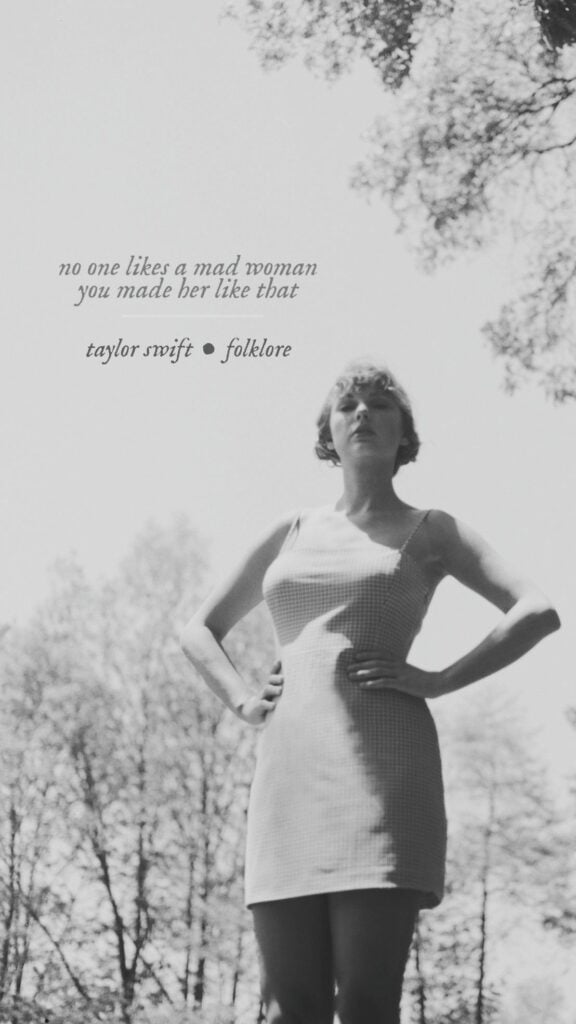Women’s mental health and the way “mad women” have been perceived in popular discourse have definitely been through the wringer throughout the years. In the 19th century, it was female ‘hysteria’ that emerged as a legitimate diagnosis to any kind or number of mental illnesses associated with a woman. Since the word for hysteria is derived from the Greek word for ‘womb’, it was actually believed that men couldn’t suffer from hysteria because of their lack of wombs.
Women diagnosed with hysteria were oftentimes not taken seriously and not given any direction on how they can navigate their mental illness. There was a strong male refusal at every turn that labelled the women “overdramatic” and disregarded the severity of their mental illness. ‘The Yellow Wallpaper’ by Charlotte Perkins Gilman, which is a critical piece of writing even today, is a stellar example of this phenomenon.
On the other hand, in the 20th century, mental illnesses and disorders in women were acknowledged but not accepted. Due to the entry of women into the workforce, women’s issues and particularly, their mental health was grudgingly validated. However, the validation didn’t lead to them gaining access to effective medication or therapy but led to them being locked away in asylums and sanatoriums. Hence, these women were seen as dysfunctional and dangerous individuals who should be shunned from normal society.
When we look at the treatment of celebrities like Britney Spears, it’s easy to see how we’ve retained the 20th century mindset to an extent, because even when we acknowledge her illness, all we do is ostracise her.
With the turn of the 21st century, female mental health became a site of grotesque fascination. For instance, a public mental breakdown by Britney Spears where she shaved her hair off ran frontpage headlines in different publications for months. Throughout her career, the media has happily fueled a narrative of her being “insane”, to the point where that’s the first thing anyone will remember about her. When we look at the treatment of celebrities like Britney Spears, it’s easy to see how we’ve retained the 20th century mindset to an extent, because even when we acknowledge her illness, all we do is ostracise her.
We shamelessly sensationalise an individual’s moment of pain but refuse to start conversations around mental struggles and seeking professional help. This kind of media sensationalism has been very harmful because now, people would rather struggle individually than seek help and risk being labelled “crazy”. Media portrayals of mental illness (especially, female) and the public’s insensitive reactions tells a person that they’ll be extremely “othered” in their homes, academic institutions and workplaces if they were to disclose their mental illness to anyone.
Furthermore, in addition to the harmful media sensationalism, 21st century capitalism has also somehow managed to commodify and aestheticise mental illness. There’s rampant romanticisation of depression and anxiety in every medium, be it social media, cinema or music. It encompasses everything from the sad girl aesthetic to Lana Del Rey’s music to posting Sylvia Plath quotes on social media. Interestingly, this romanticisation is largely aimed at and consumed by a young female audience.
There’s rampant romanticisation of depression and anxiety in every medium, be it social media, cinema or music.
Due to this, young women now feel the need to perform a desirable amount of madness which will make them tragically beautiful and interesting. This sort of performance again, does more harm than good because it doesn’t portray the illnesses for what they truly are but only a palatable and quirky version of it. Other individuals, particularly women who actually struggle with depression and anxiety are left questioning if their struggles are noteworthy or in an opposite scenario, scared that their symptoms seem extreme as compared to the media portrayals they’ve seen.
Talking about female mental health in popular discourse today can get quite complex because of how layered the issue is. On one hand, we have films like Black Swan (2010) that show female madness inevitably ending in the tragedy of death (in a lot of ways, the mad woman trope is what made the psychological horror genre). Black Swan is a good example of how even movies that accurately portray mental disorders can end up reinforcing stereotypes of how ‘mad women’ cannot be cured because of its tragic ending.
On the other, we have lyrics like, ‘don’t ask if I’m happy, you know that I’m not, but, at best, I can say I’m not sad’ by Lana Del Rey that romanticise mental illness. It’s hard to pin all the blame on a single artist like Lana Del Rey when the romanticisation has grown into a genre in itself. Here, then mental illness becomes an aesthetic, a look that a teenager can simply curate instead of being the lived reality of thousands of people.
Historically, people with mental illnesses have largely been linked to violence and crime or pity and helplessness (especially, women) and even with the barrage of the mad woman trope in media, what it’s missing is a meaningful resolution for this woman. Be it Black Swan or Lana Del Rey, we simply don’t see the ‘mad woman’ in media seeking help for themselves and getting better by not letting their illness define their lives.
However, interestingly enough, even as people condemn the trope of the ‘mad woman’, there is a section of society that’s trying to reclaim it
However, interestingly enough, even as people condemn the trope of the ‘mad woman’, there is a section of society that’s trying to reclaim it. Angelica Bastién, American essayist and critic, reclaims the ‘mad woman’ in her famous work, ‘The Feminine Grotesque’ and turns it into ‘an act of learning to love or at least come to terms with the part of myself that society tells me to hate.’ To give an example of this kind of reclamation, look no further than Taylor Swift’s ‘Mad Woman’, ‘Every time you call me crazy, I get more crazy, What about that? And when you say I seem angry, I get more angry.’ It’s a subversion of the ‘men are allowed to react but women can only overreact’ mindset.
Thus, the ‘mad woman’ becomes a smaller expression of a widespread and unrepentant rage that many women collectively feel. On this side of culture, it’s not necessary for female characters to be likeable or even be morally right. They’re allowed to exhibit extreme emotion, such as anger, sadness, or rage. They’re allowed to incite fear, be a formidable force, and exact revenge. On the other hand, of course, it runs the risk of depicting women as highly unstable and sexually immoral. It’s also inadvertently saying that any typically unfeminine behaviour is the result of mental illness.
While these concerns about stigmatising female mental illness is completely valid, it’s also hard to dismiss how incredibly cathartic the ‘mad woman’ trope is. In recent times, we’ve had conversations about the portrayal of female rage on-screen and the solace women find in it and it’s an incredibly positive act of reclamation. Therefore, if we’re willing to turn the discourse around, reclaim the ‘mad woman’ and use it to start meaningful conversations around living with a mental illness, pop culture will finally be able to get female mental health right. This will allow us to have a future where female mental illness is destigmatised and the ‘mad woman’ has access to good mental health resources.
About the author(s)
Sharanya Gopalakrishnan is a recently graduated journalism student from Flame University. She
loves reading and watching cringe TV shows. She hopes to publish her own novel someday.









